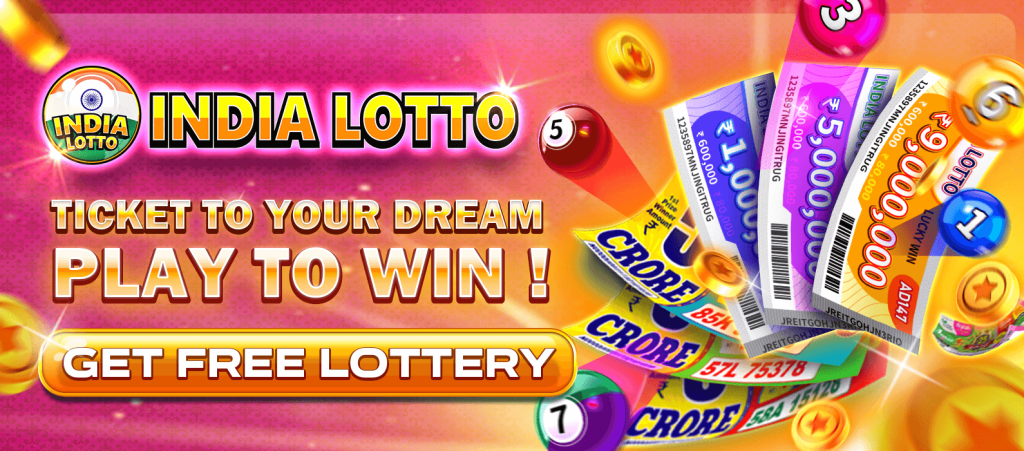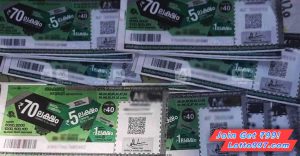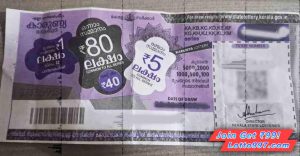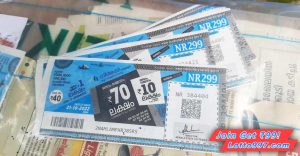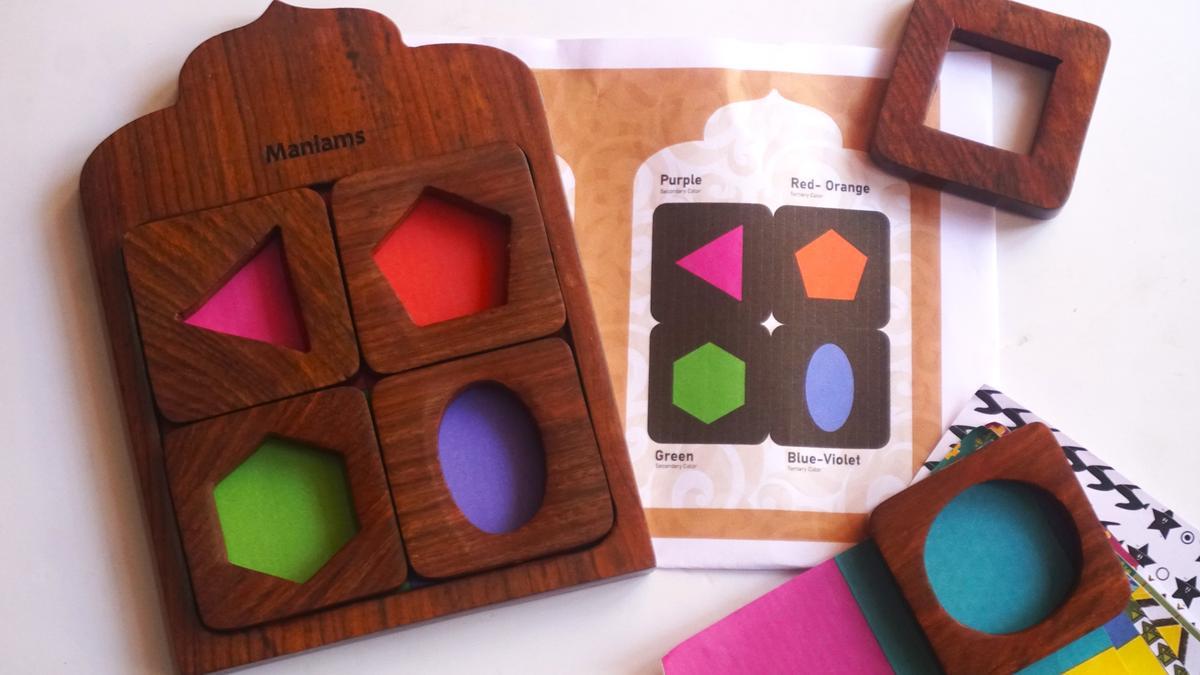
In a world increasingly dominated by screens, the importance of tactile and creative play for a child’s development cannot be overstated. A 2024 article in Frontiers, an open-access scientific journal, emphasizes that “Educational toys offer a hands-on experience, allowing children to physically manipulate and interact with learning materials. This direct interaction can lead to deeper understanding and better memory retention.” Research suggests that children who engage in hands-on play with open-ended toys demonstrate more vital cognitive skills, improved problem-solving abilities, and greater creativity than those who primarily consume content from digital devices. This crucial need for physical engagement is where Coimbatore-based Maniams Design Studio steps in, offering a refreshing alternative with their thoughtfully designed and handcrafted toys.
Maniams Design Studio, led by architect and toy designer Kanaka Ananth, takes a unique approach to toymaking. Kanaka, a graduate of the National Institute of Design’s first toy design programme, brings over 15 years of experience to the table. Maniams creates toys inspired by Indian elements, with a special focus on education and inclusivity. Their team of designers works to develop toys suitable for children of all abilities. Sustainability is also a core value at Maniams, where collaboration with artisans across India is integral to producing handcrafted toys using high-quality, eco-friendly materials. The studio’s use of locally-made bamboo baskets and containers is a testament to this commitment.
Recently, Maniams launched two new additions to their impressive collection: Kona and Jharoka. Inspired by the concept of “angle” or “corner,” Kona is a 3D puzzle designed to enhance children’s visual-spatial reasoning skills. “Kona is inspired by 3D triangles but with a twist,” Kanaka explains. “Unlike most puzzles that stay flat, we designed it to create a three-dimensional effect when completed. It’s all about bringing a new dimension to playtime.” This innovative approach to puzzle design extends beyond mere fun. According to Kanaka, recognizing and differentiating mirror images is essential for subjects like math, science, engineering, and architecture. She believes Kona will help children improve their spatial reasoning, a skill crucial for both academic and physical activities, as well as beneficial for artistic and design-related fields.
On the other hand, Jharoka, inspired by traditional Indian architectural balconies and windows, is a shape-sorter puzzle designed for toddlers.
. This vibrant puzzle incorporates a range of colors and patterns drawn from Indian textile motifs such as Bandhani and Ikat. Kanaka describes it: “Jharoka teaches toddlers about primary, secondary, and tertiary colors, as well as polygons, reinforcing their understanding of fundamental concepts through matching and sorting activities.” The designs of both Kona and Jharoka reflect Maniams’ commitment to cultural heritage. By using these traditional motifs, they introduce young children to Indian art and design in an engaging, playful manner.
“Every toy we design has a story behind it,” Kanaka emphasizes. Their best-selling storytelling puzzle, for instance, draws inspiration from ancient Indian rock art. “Our ancestors used to depict hunting stories and daily life on cave walls,” she says. “Interestingly, those symbols have evolved into the icons we use today in messaging apps – a whole language without words!” The storytelling puzzle encapsulates this essence, with pieces that can be arranged into countless narratives. “It’s amazing to see how kids (even adults) use it creatively, blending it into their daily lives,” she adds. She recounts examples of children using the puzzle to depict family scenes or create ornaments.
This focus on storytelling extends beyond a single toy. Another exemplary product is their Karagattam stacking toy, inspired by the traditional Tamil Nadu dance form where performers balance pots on their heads. “We studied everyday objects like crayons that children hold and used those shapes as inspiration for the stacking pieces,” Ananth says. “The goal is to stack them just like you would carry pots on your head, with a ring at the top for stability.” Through this, Maniams transforms everyday objects into playful tools that connect children to Indian culture. “Each toy becomes a little piece of Indian culture, passed down through play,” Kanaka says.
By merging cultural heritage with modern design principles, Maniams Design Studio continues to carve out a niche in the world of educational toys. Their mission to blend play with tradition and sustainability not only fosters cognitive development but also aims to build a deeper appreciation of Indian heritage among the younger generation. In a society where digital screens often overshadow physical play, Maniams stands out, reinforcing the irreplaceable value of hands-on, imaginative engagement for children’s holistic growth.

